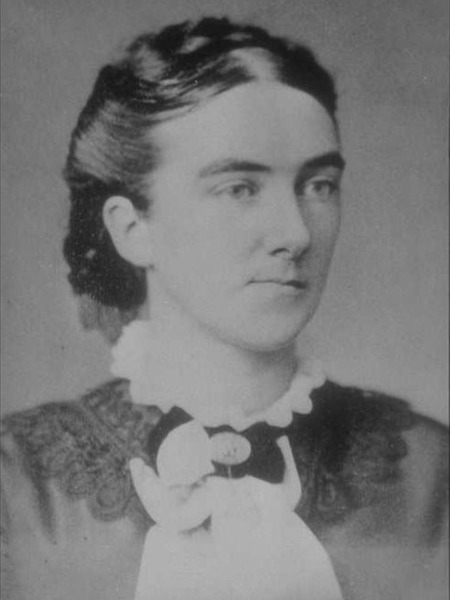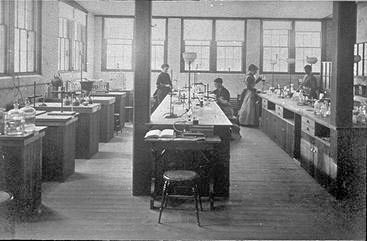
By Nancy Duvergne Smith | MIT Alumni
Today, International Women’s Day, is a perfect time to celebrate one of MIT’s own legendary women—Ellen Swallow Richards, MIT’s first female graduate and faculty member and a pioneer in water quality, nutritional safety, and ecology. Here are highlights of her life:
Richards earned an undergraduate degree at Vassar College in 1870. Later that year, she was admitted to MIT as a special student of chemistry, and she arrived on campus in January 1871. When she graduated in 1873, she was already an established water scientist.
When she married Professor Robert Richards ’68, Professor of Mining Engineering in 1875, they spent their honeymoon in Nova Scotia—touring mines and collecting ore samples, along with dozens of MIT students.

She raised money to launch the MIT Women’s Laboratory in 1876, where she taught chemical analysis, industrial chemistry, mineralogy, and biology to women. That lab, which drew some 500 women students, closed in 1883 when women became part of the regular student body and women and men conducted research together. In 1884, she was appointed an instructor in sanitary chemistry, a post she held until her death in 1911.
In 1887, Massachusetts commissioned MIT’s new sanitary chemistry lab to survey the state’s drinking water, the first such study in the US. Led by Richards, the survey examined some 20,000 water samples for industrial waste and sewage. As a result, the state established America’s first water-quality standards and municipal sewage-treatment plant.
Richards was influential in many fields:
- In 1876 she began teaching a correspondence course for women by sending them microscopes, specimens, and lessons to examine their home environments.
- She founded a group supporting women’s education in 1882; that group grew into today’s American Association of University Women.
- She raised funds to establish a marine biology laboratory in 1881; that lab became the Woods Hole Oceanographic Institute.
- She wrote or co-authored 18 books from academic texts to manuals on the chemistry of cooking for housewives and founded the popular American Kitchen Magazine.
- Her 1878-79 studies of adulterated foods revealed mahogany sawdust masquerading as cinnamon and sand in sugar; her findings prompted the state to pass its first food and drug safety acts.
- In 1890, she pioneered the New England Kitchen, a scientific take-out restaurant designed to feed nutritious and inexpensive food to the poor. That led to a similar demo kitchen in the 1894 World’s Fair and the revamping of the Boston Public School lunch program.
- To build consensus and clarity in the new field of home science, Richards established an annual conference in 1899. That group, which developed curricula and teacher training, became the American Home Economics Association in 1908 with Richards as president.
Read more about Richards in MIT Technology Review’s Ellencyclopedia and browsethe Association of MIT Alumnae website for more about women at MIT, including their timeline, Celebrating 125 Years of Women at MIT, 1873-1998.




